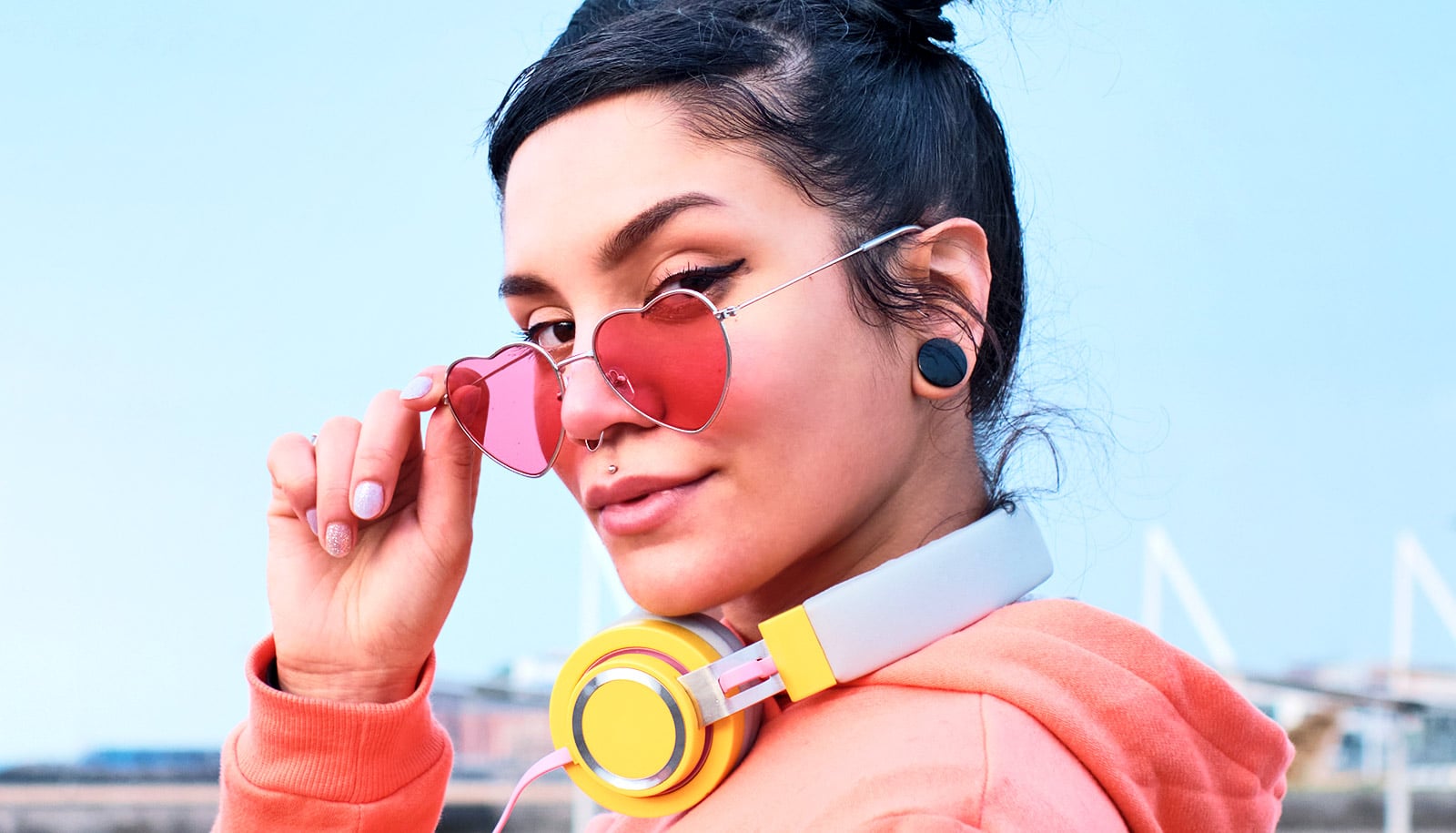A new study finds that sharing photos that vanish after being seen can increase the number of matches on a dating app.
Because of catfishing and other dating scams, privacy is essential on online dating sites, even more so than other places online. However, these privacy concerns can make people reticent to share the very personal information that could help them make a connection with someone.
Popularized by the app Snapchat, ephemeral sharing is a type of digital design wherein the person receiving information, like a photo, can only view it for a limited amount of time after which it becomes invisible and non-retrievable. Because the information disappears, people tend to be more willing to share personal information because of the higher level of privacy it affords, says lead study author Yumei He, assistant professor of management science at Tulane University’s A. B. Freeman School of Business.
“Usually people on dating platforms are strangers, and they have privacy concerns,” says He. Because of the proliferation of things like dating scams, she says “the privacy issue is more substantial on dating platforms. What if my information now gets abused, or I get identified by somebody else, my friends, or acquaintances?”
The study, which was conducted using a popular dating app in China, found that enabling people to share in the moment helped them overcome the “communication cold-start problem,” which is a phenomenon where people are loath to share personal information with new people on dating apps. The issue makes it more difficult to have conversations that could lead to a deeper connection.
Because people were more likely to share photos when they were ephemeral, users ended up with more matches and had more conversations once they matched.
Before starting the study, He’s team wanted to check whether the ephemeral sharing would increase the amount of unwanted photos, like images with sexual or other inappropriate content. Her team found no significant difference in the ratio of toxic photos between ephemeral and normal sharing.
“This is critical, because that means that feature is creating some benefit without compromising the courtesy for sending a photo,” says He.
This is likely due to an important difference between sharing ephemeral photos on social media, where users likely already know the people they are sharing information with, and on dating sites, where users are strangers. On dating apps, He says, “people still want to preserve a good self-image or present themselves in order to get a quality match.”
This means that, even with ephemeral sharing, people don’t tend to be as emotional or disinhibited on dating sites as they are amongst people they already know on social media.
“It is because people share more photos that are ephemeral, instead of a content change, that leads to more matches or the receiver’s conversation,” says He.
The study appears in Information Systems Research.
Additional researchers from the University of Washington, the University of Miami, and the University of Minnesota contributed to the work.
Source: Tulane University



